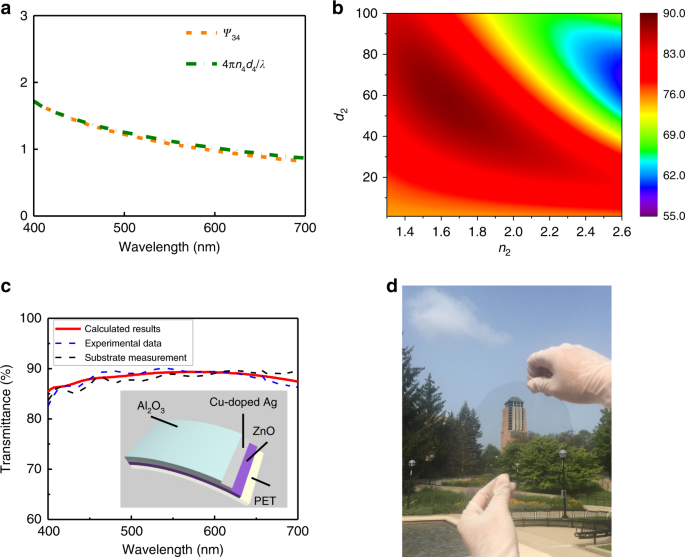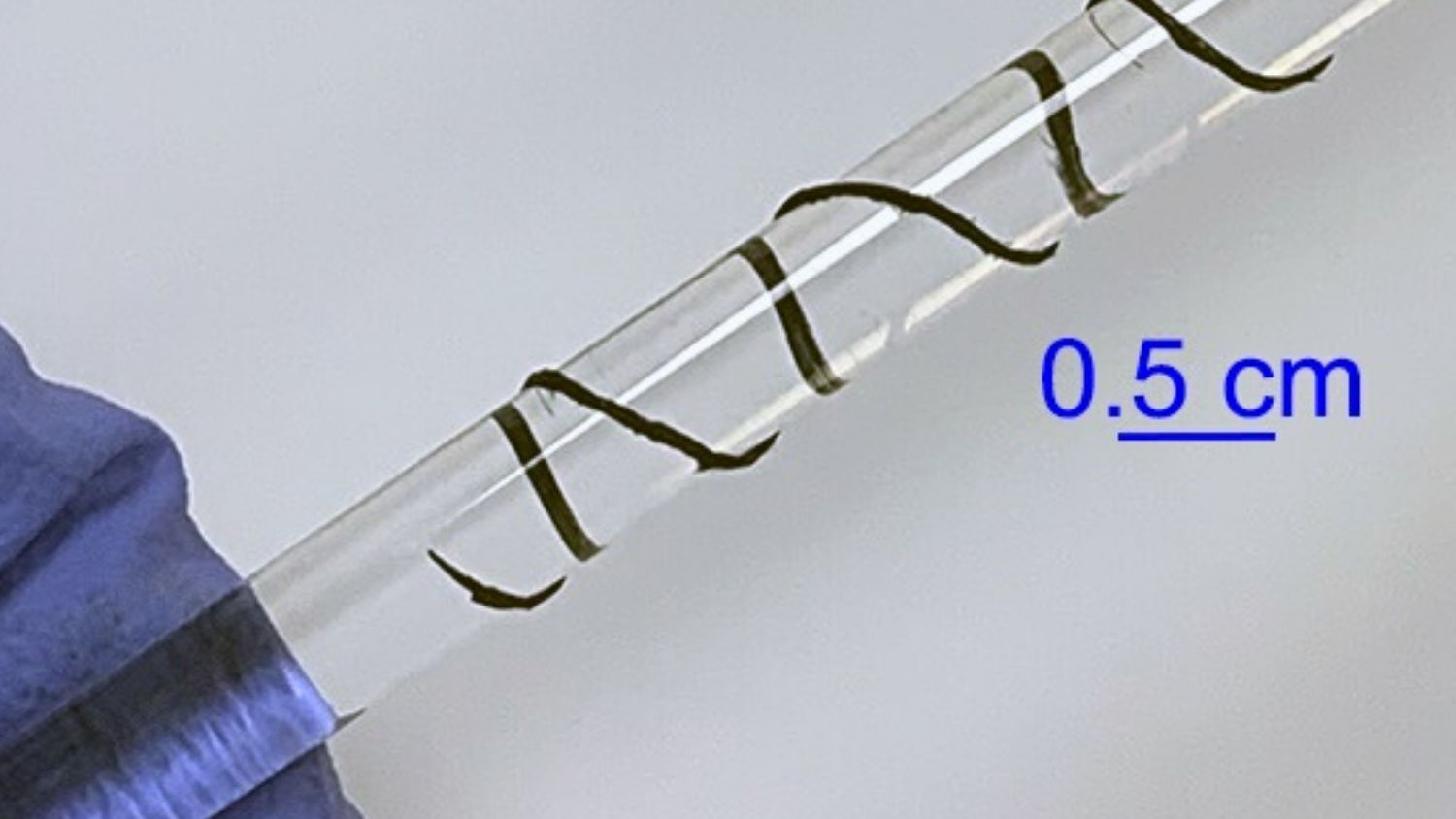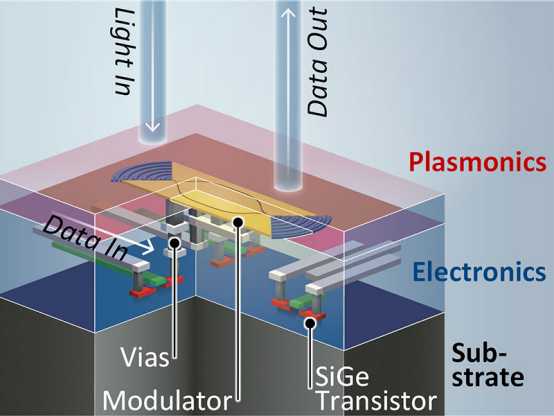(Making plastic more transparent while also adding electrical conductivity)
2020/7/6 ミシガン大学

・ ミシガン大学が、プラスチックの導電性と光透過性を向上させる、3 層構造の反射防止コーティング材料を開発。
・ 過去の研究でプラスチックシートに銀薄膜層を加えることで導電性を獲得したが、光透過性が約10%低下。プラスチックの光透過性はガラスのそれに比べて若干低いが、反射防止コーティング材料の利用で透明度の向上が可能であるため、導電性を備えた反射防止コーティング材料開発を試みた。
・ 同コーティング材料は、光を容易に透過させる酸化アルミニウムと酸化亜鉛の誘電性材料の間に銀と微量の銅から成る 6.5nm の薄さの金属層を挟んだもの。同材料をプラスチックシートに処理すると、両誘電体材料がプラスチックと金属層による光の反射を低減する。
・ 光源に最も近い表面の酸化アルミニウム層から金属層に透過した光を、酸化亜鉛層がプラスチック表面に誘導。空気に触れるプラスチック背面での光の反射があるが、光透過率はプラスチックのみでの 88.1%から 88.4%に向上した。
・ 同コーティング材料と同様なサンドイッチ構造で、様々な材料表面に適応する、フレキシブルで曇りが少なく製造が容易な高導電・透過性コーティング材料の作製方法を開発した。
・ 同コーティング材料作製の鍵は、適切な誘電材料の選択と、金属薄膜層による光の反射を抑制する薄さを発見すること。一般的にプラスチックと金属に挟まれた材料では屈折率がより高くなり、光源に近いものではより低くなる。
・ 可視光を通して赤外光を電気に変換する、窓用の太陽電池の透明導電膜として同コーティング材料を利用するプロジェクトの実施により、同技術のさらなる進展を図る。また、大面積型インタラクティブディスプレイや、リアウィンドウのように解氷できる車のフロントガラスへの応用も検討。
・ 本研究は、MTRAC Advanced Materials Hub アワードによる資金で実施された。ミシガン大学は、製品化に向けて本技術のライセンスをスタートアップの Zenithnano に供与している。
URL: https://news.umich.edu/making-plastic-more-transparent-while-also-adding-electricalconductivity/
<NEDO海外技術情報より>
(関連情報)
Nature Communications 掲載論文(フルテキスト)
Ultrathin-metal-film-based transparent electrodes with relative transmittance surpassing 100%
URL: https://www.nature.com/articles/s41467-020-17107-6
Abstract
Flexible transparent electrodes are in significant demand in applications including solar cells, light-emitting diodes, and touch panels. The combination of high optical transparency and high electrical conductivity, however, sets a stringent requirement on electrodes based on metallic materials. To obtain practical sheet resistances, the visible transmittance of the electrodes in previous studies is typically lower than the transparent substrates the electrode structures are built on, namely, the transmittance relative to the substrate is <100%. Here, we demonstrate a flexible dielectric-metal-dielectric-based electrode with ~88.4% absolute transmittance, even higher than the ~88.1% transmittance of the polymer substrate, which results in a relative transmittance of ~100.3%. This non-trivial performance is achieved by leveraging an optimized dielectric-metal-dielectric structure guided by analytical and quantitative principles described in this work, and is attributed to an ultra-thin and ultra-smooth copper-doped silver film with low optical loss and low sheet resistance.



